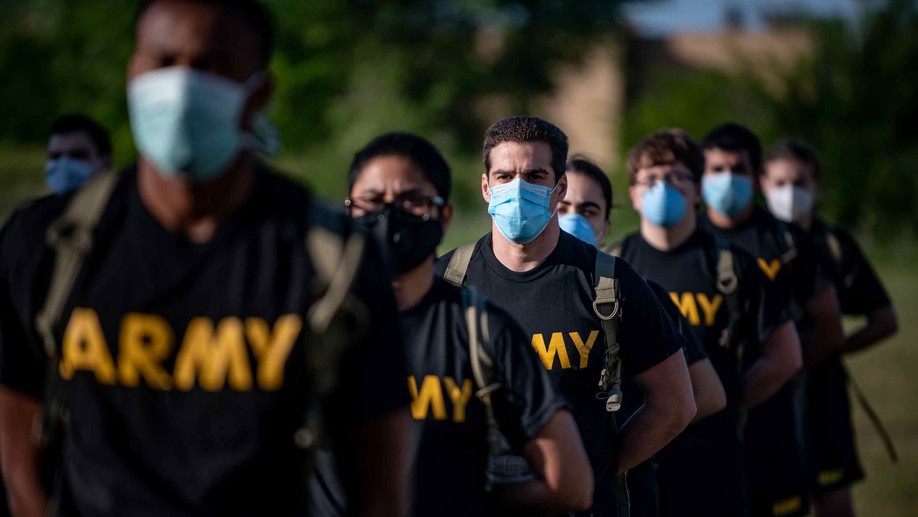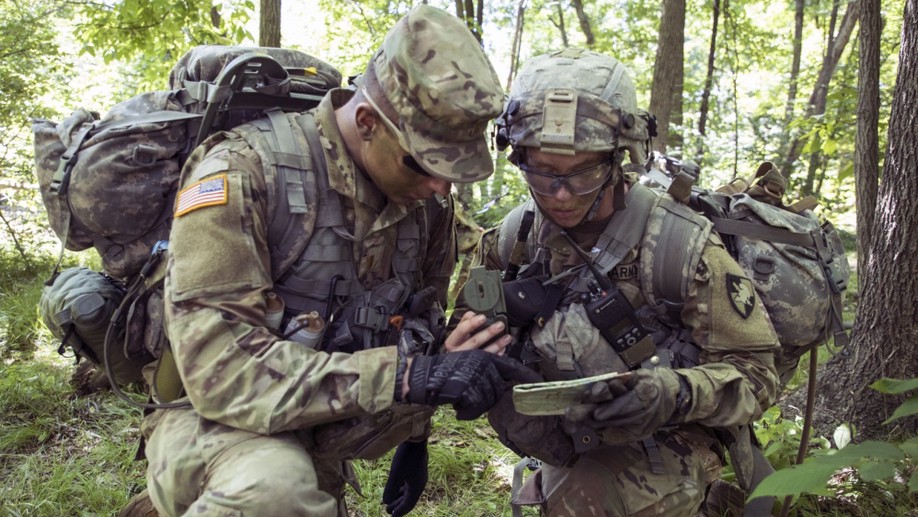Elizabeth L Wetzler, Andrew G Farina, Jeremiah Powers, Michael D Matthews
June 2023
MP
Grit, or the passionate pursuit of long-term goals, is an important predictor of performance and success across various domains, including within some military contexts. Whether grit predicts such outcomes at a military service academy during a multi-year period of prolonged uncertainty, however, is unknown. Using institutional data collected prior to the COVID-19 pandemic onset, we assessed how well grit, physical fitness test scores, and entrance examination scores predicted performance in academic, military, and physical domains, as well as on-time graduation for 817 cadets from the West Point Class of 2022. This cohort spent more than 2 years of their time at West Point functioning under the uncertainty of pandemic-related conditions. Multiple regression results showed that grit, fitness test, and entrance examination scores were all significant predictors of performance outcomes in the academic, military, and physical domains. Results from binary logistic regression showed that, in addition to physical fitness, grit scores significantly predicted graduation from West Point and accounted for unique variance. Consistent with results from pre-pandemic studies, grit was an important predictor of performance and success for West Point cadets even under pandemic conditions.












